MATCH™ (MODULAR ARMORED TACTICAL COMBAT HOUSE)
Action Target’s Shoot House featuring Auto Target Hit Sense Technology. Action Target’s MATCH™ is a 360°, live-fire, ballistically safe, shoot house designed for teaching and learning close quarter skills, like room clearing and hallway navigation, with realism and safety. AutoTargets enhances training and the shooting experience. Each lift unit can be placed as a stand-alone […]
What Makes a Professional Firearms Instructor?
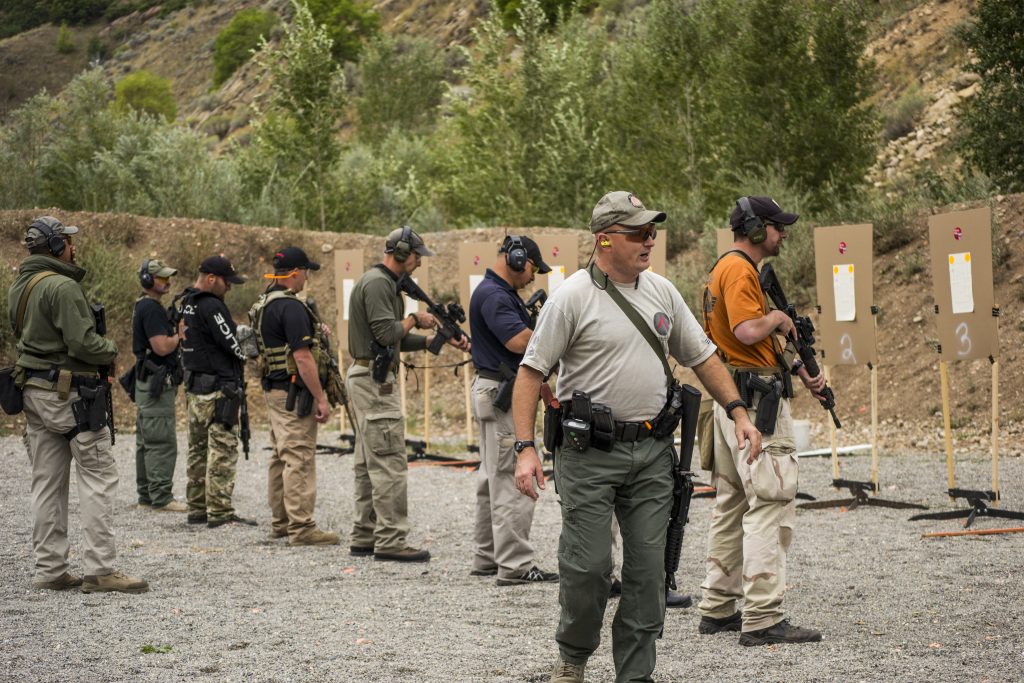
By Dave Staskievicz Editor’s Note: Action Target has republished this article in its entirety with the permission of the author. Ideas, comments, practices, recommendations, etc. are the author’s own and do not necessarily represent those of Action Target. There are so many different types of “firearms instructors” that it’s virtually impossible to give a standardized answer […]
Combat Mindset – Are You Ready for the Next Active Shooter Incident?
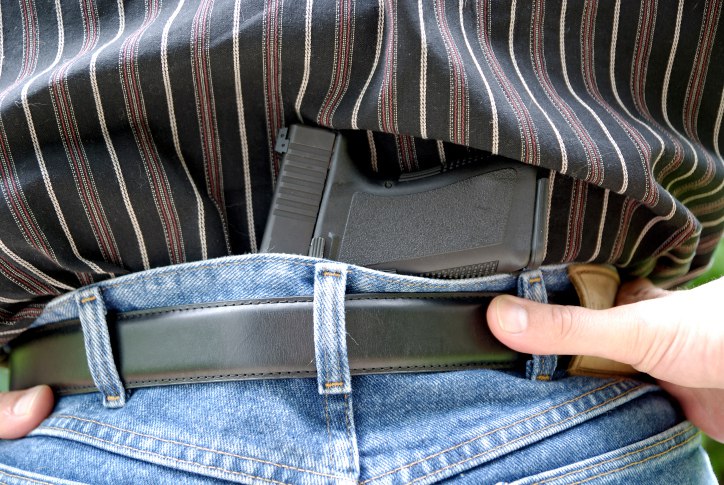
By John Krupa III. Our nation was shocked yet again by another senseless mass murder on July 20th when deranged psychopath James Holmes walked into a movie theater in Aurora, Colorado, and murdered 12 unarmed citizens and wounded more than 100 others. With the increased frequency of mass murder incidents in our nation – Virginia […]
Action Target Listed Among Utah’s Fastest Growing Companies

PROVO, Utah – Action Target Inc., a world leader in shooting range technology and tactical training systems, has been named to the Utah Business 2012 Fast 50 list, which ranks the 50 fastest-growing companies in the state of Utah. The Utah Fast 50 award program, founded by Utah Business magazine, annually recognizes Utah companies for […]
Action Target to Receive Fast 50 Award for Business Growth

Action Target, a leading global supplier and manufacturer of shooting range equipment and products, has been named to the Utah Business 2012 Fast 50 annual ranking, which lists 50 of the fastest growing companies in the state of Utah. Action Target Vice President of Sales Randal Graham will be accepting the award for the company […]
Action Target Founders Named Entrepreneurs of the Year
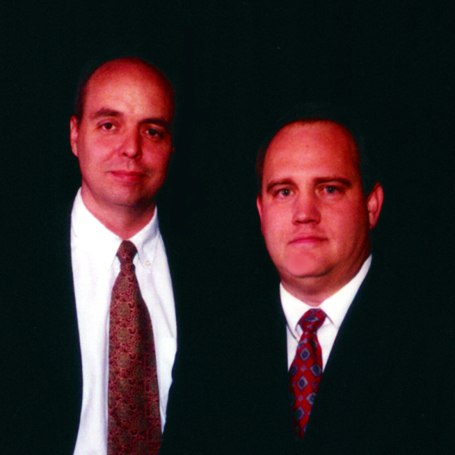
Addison Sovine and Kyle Bateman of Action Target, Inc. both received the Utah area Ernst and Young Entrepreneur of the Year Award on Thursday, June 7, 2012, at a ceremony held in Salt Lake City. They were selected from among several applicants for the significant impact they have had on the surrounding business community. “Receiving […]
Three Keys to Getting Your Shooting Range Approved

In the process of building a shooting range, perhaps the most intimidating part is getting it approved by your local government. Even after you’ve done all the work, raised all the money, and planned everything out, the final say still comes down to a handful of elected officials. Don’t let that make you feel powerless, […]
Action Target Founders Named Finalist in Entrepreneur of the Year Award
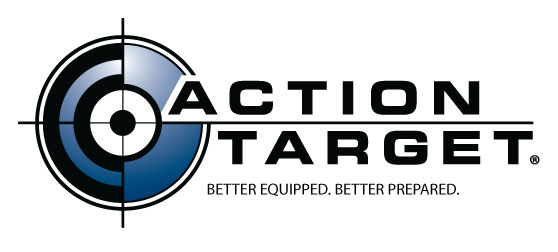
PROVO, Utah— In today’s hard-hit economy, two local Utah businessmen have been named finalists of the 2012 Ernst and Young Entrepreneur of the Year Award.
Kyle Bateman and Addison Sovine of Action Target, Inc. are among a handful of entrepreneurs to be named finalists in the Utah region, which includes Wyoming and half of Idaho. These local businessmen were selected from more than 1,700 applicants because of their significant impact on their surrounding business community.
What is the Best Bullet Trap for my Range?
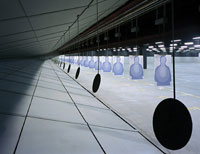
Choosing a bullet trap is an important decision that will directly impact a range’s profits. However, it is a decision that often seems overwhelming given the number of options available. To truly understand how important a bullet trap is to range operations and budget, it is helpful to think of the range as a large […]
Action Target Produces Portable Target Course Book

Firearms instructors and administrators have an obligation to officers and to the public they serve, to do everything possible to ensure their firearms training and qualification programs are all they can be. However, many programs around the country struggle to provide realistic and quality training for their officers and there is often a lack of […]